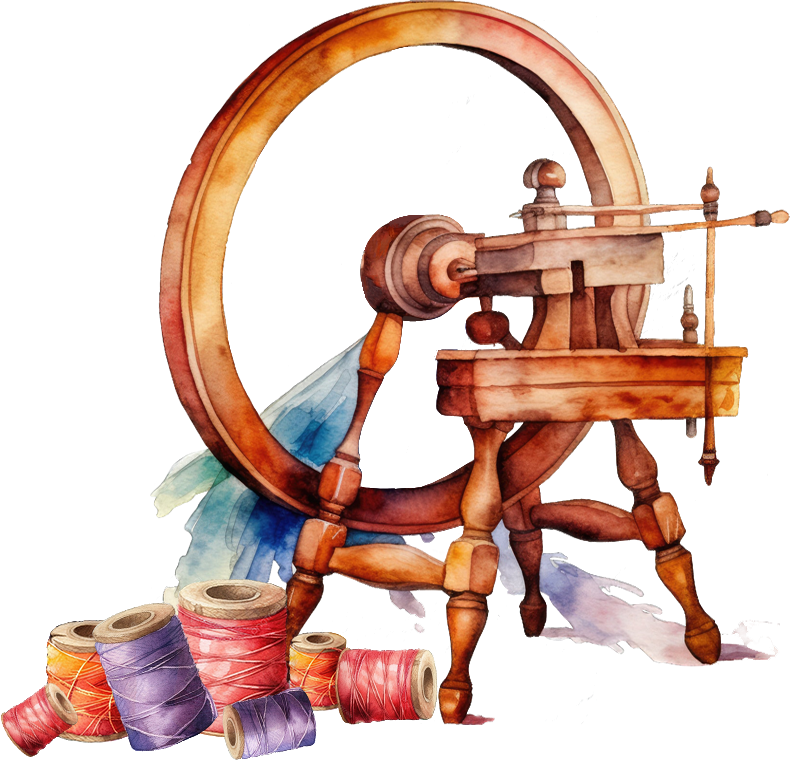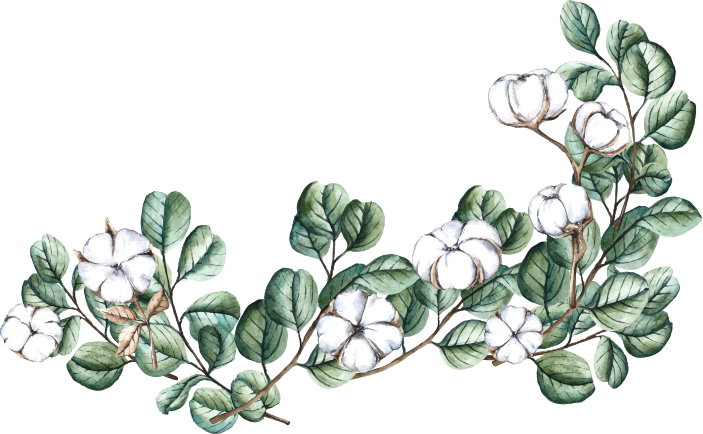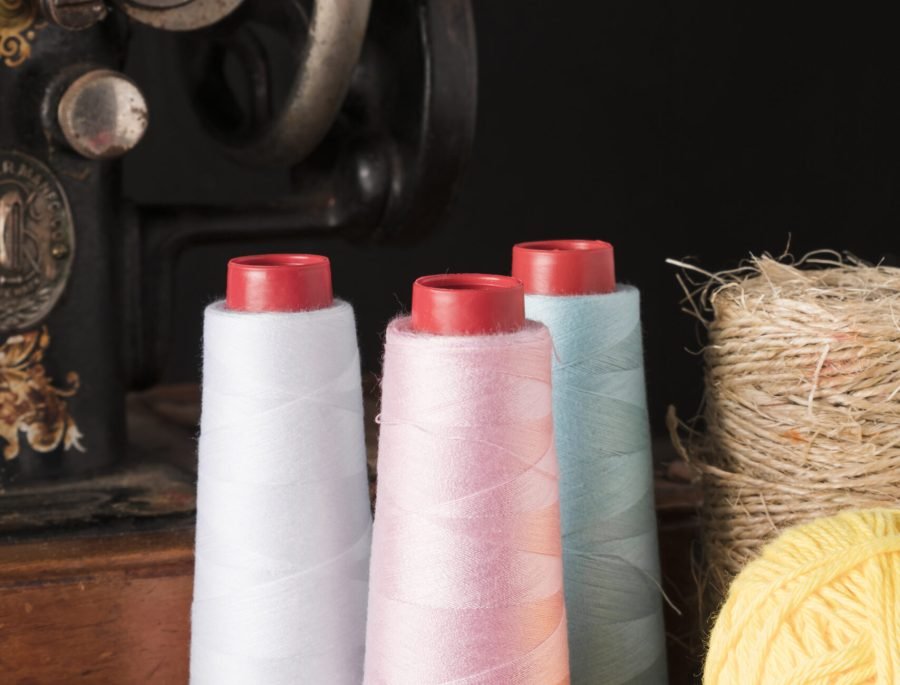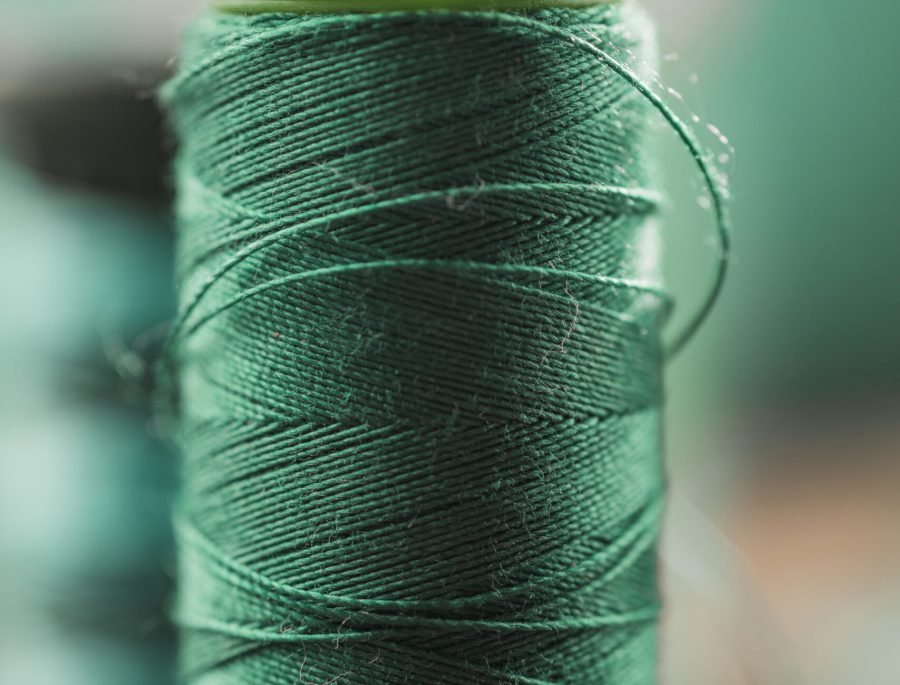RSA Cottex
Pioneering the Future of Textiles Through Recycling
We started with a single unit producing yarn of superior quality. But eventually, the business soared to prominence as the biggest yarn manufacturer.
Let's Explore


RSA Cottex - A Modern Spinning Facility
Premium Cotton Yarns
Various types including colored, open-end, and polyester-cotton blends.
State-of-the-art Equipment
Technology from Germany, Switzerland, and other global leaders.
Certifications
ISO 9001:2008 certification, ensuring adherence to high standards of quality and efficiency.
Textile Recycling Innitiative
Revolutionizing Textiles through Recycling
Raw Material
Mixing
Blowroom
Carding
Drawframe
Open End
Packaging
Dispatch
Our Expansion Plan
Our plan is to add new open-end machines to increase daily output by 9,000 kg and transition to 100% recycled yarn.

In-house PSF Production
Reducing reliance on external Polyester Staple Fiber (PSF) sourcing, with substantial annual cost savings.
Capacity Expansion


Sustainability Focus

Production Capacity

Unique Advantages
Frequently Asked Questions
What are the steps in cotton yarn production?
The steps to produce cotton yarn are:
1. Harvesting
2. Ginning and cleaning
3. Carding:
4. Spinning
What is spinning?
What is carding?
What are the types of spinners used in the textile industry?
The types of spinners used in the textile industry are ring, rotor, and air-jet spinners.






